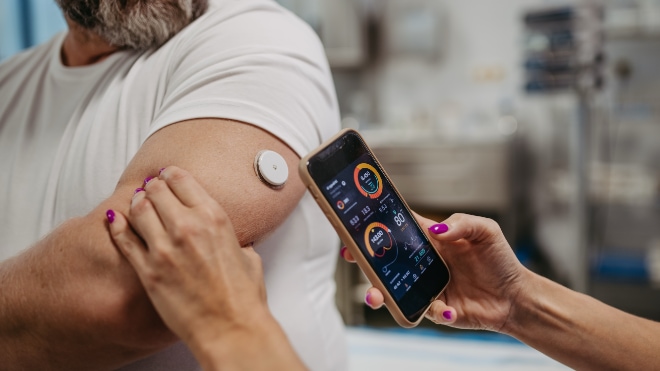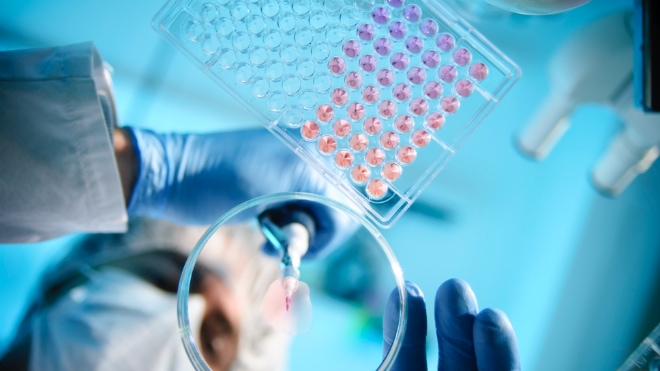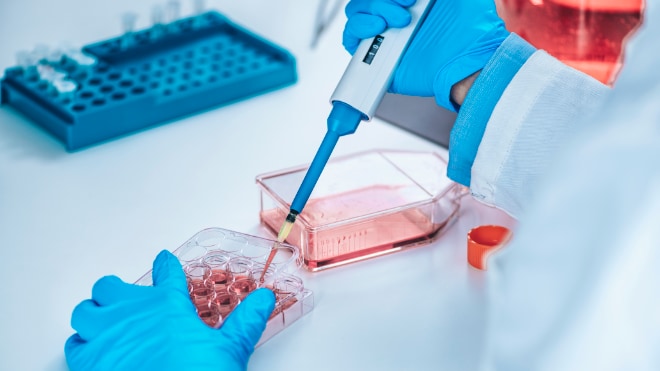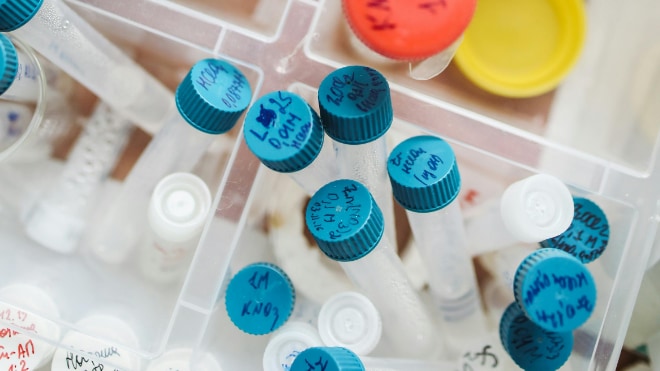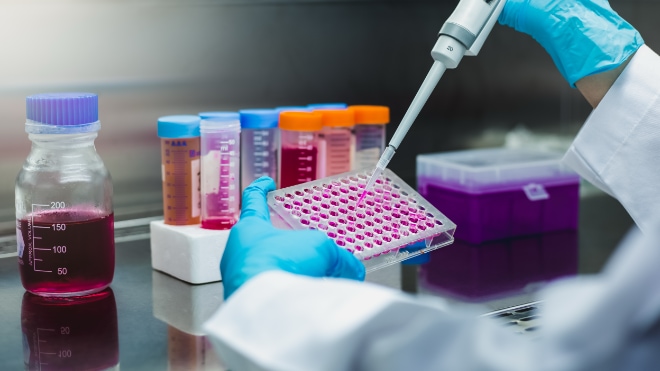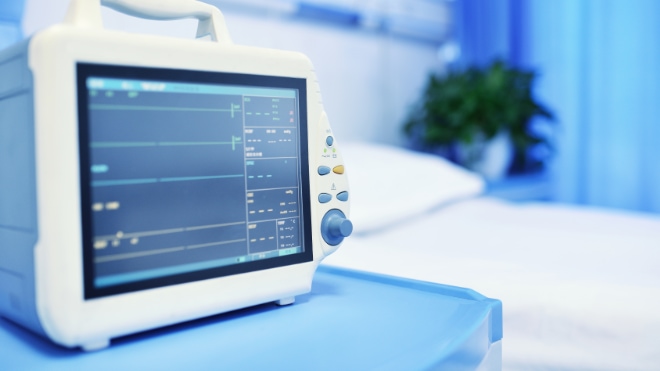
In order to be effective and successful in patient care, the safety and performance of medical devices is paramount. The General Safety and Performance Requirements (GSPRs) are a key aspect of the Medical Device Regulation (MDR) and In Vitro Diagnostic Medical Device Regulation (IVDR), ensuring that medical devices in the European Union (EU) meet high standards of safety and performance. In our new GSPR series, we will take an in-depth look at each of the GSPRs, outlining the key requirements to ensure compliance.
The GSPRs specify the essential requirements that medical devices must meet to be placed on the market, and they cover a wide range of topics including design and manufacturing, risk management, labelling, and instructions for use. Compliance with the GSPRs is mandatory, and failure to meet these requirements can result in serious consequences, such as product recalls, fines, or legal action.
In the first article of the GSPR series, we will be taking a look at GSPR 1:
“Devices shall achieve the performance intended by their manufacturer and shall be designed and manufactured in such a way that, during normal conditions of use, they are suitable for their intended purpose. They shall be safe and effective and shall not compromise the clinical condition or the safety of patients, or the safety and health of users or, where applicable, other persons, provided that any risks which may be associated with their use constitute acceptable risks when weighed against the benefits to the patient and are compatible with a high level of protection of health and safety, taking into account the generally acknowledged state of the art.”
Understanding GSPR1: The Basics
GSPR 1 is one of the foundational requirements under the IVDR/MDR, to regulate the safety and efficacy of medical devices in the EU. It outlines a comprehensive approach to ensuring that medical devices are safe, effective, and of high quality. This specific requirement focuses on ensuring that the design and manufacturing of these devices must prioritise safety in a way that minimises risk to both patients and users.
The regulation mandates that manufacturers must design their devices with a comprehensive risk management process in place. This includes identifying potential risks and mitigating them through:
- Design: The design phase involves developing the device in such a way that risks to patient safety and device performance are minimised. This could mean ensuring the device operates effectively under all intended conditions, incorporating fail-safes, or using ergonomic designs that reduce the likelihood of user error.
- Material selection: Choosing the right materials is crucial to ensure that the device is safe for its intended use. This includes considering factors such as biocompatibility, durability, and potential for allergic reactions or other adverse events.
- Testing before the device can be marketed or used on patients: Extensive testing is required before the device can be marketed. This involves testing to confirm that the device meets the required safety and performance standards. Testing helps to identify any potential issues that may not have been apparent during the design or material selection phases.
These safeguards are proposed to prevent harm in the short and long term.
GSPR1: Core Principles You Need to Know
- Risk Management – A robust risk management system lies at the heart of GSPR 1. All possible hazards associated with the device, including any foreseeable misuse, need to be assessed by the manufacturer. These risk assessments must be done throughout the product’s lifetime, from design and development to production and use. One of the key aims is to ensure there is a minimal likelihood of harm, and if risks are identified, they are appropriately mitigated.
- Quality – GSPR 1 stresses that the design and manufacturing process should ensure that the device maintains its performance for the duration of its use. The conditions that it is subjected to during its intended use should be withstood by the device, and manufacturers are to ensure its durability.
- Biocompatibility – GSPR 1 mandates that the materials used in medical devices must be compatible with the human body, not causing any adverse reactions. Manufacturers must ensure that the material does not provoke harmful immune responses, toxicity, or irritation, regardless of whether the device will have direct or indirect contact with the patient. Biocompatibility testing is essential to verify that the materials used will not negatively affect patients. This is especially important for implantable devices or those that are used over extended periods.
- Design Considerations – The design of the device plays a pivotal role in preventing user error. GSPR 1 requires that devices are designed in a way that reduces the risk of incorrect use – whether that be considerations like intuitive user interfaces, clear instructions, or an ergonomic design.
Why GSPR1 Matters: Key Reasons for Compliance
GSPR 1 serves as a cornerstone of patient and user safety. By ensuring that safety and performance are prioritised from the earliest stages of design and manufacturing, this regulation aims to prevent potential harm before it happens.
The requirement also fosters innovation in device design by encouraging manufacturers to continuously evaluate and enhance safety features. With an emphasis on risk management and continual improvement, GSPR 1 not only meets current needs but anticipates future challenges, allowing the medical device industry to respond effectively to evolving healthcare environments and patient needs.
The Bottom Line: GSPR 1’s Impact on the Future
GSPR 1 is fundamental within the MDR and IVDR and underscores the importance of designing and manufacturing devices that prioritise the safety and performance of both patients and users of the medical device. Through rigorous risk management, thought-out material selection, and user-centred design, GSPR 1 seeks to ensure that medical devices do not pose harm to those relying on them for care.
Ultimately, GSPR 1 represents a commitment by the medical device industry to uphold the highest standards of safety and quality, fostering trust in devices that are critical to patient health and wellbeing.
If you’re unsure whether you have the necessary evidence to demonstrate conformity with GSPR requirements, don’t worry – we’re here to help! Contact us today, and our team will provide expert guidance to ensure you’re fully compliant with all relevant GSPRs.
Get in touch now for personalised support and peace of mind!






